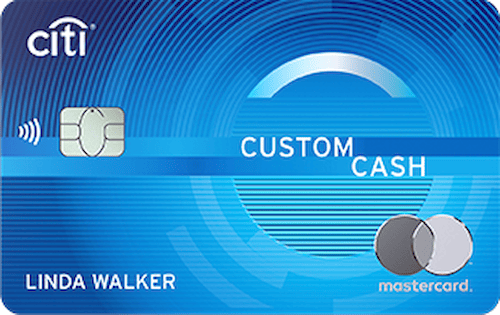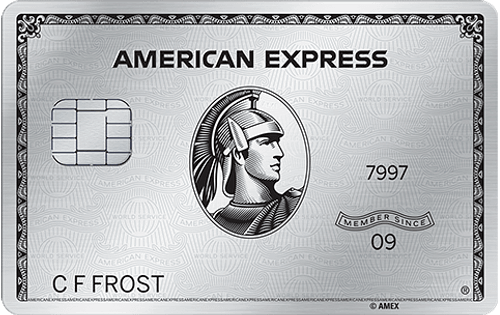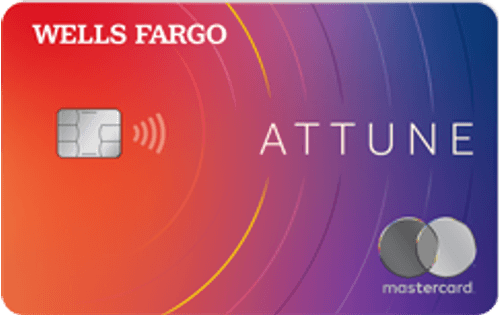- Best credit cards for entertainment compared
- Tips for choosing and using a credit card for entertainment
- How we picked the best credit cards for entertainment
- Sources
- About the author
- FAQ
Best Credit Cards for Entertainment Compared
| Card Name | Entertainment Benefits | Annual Fee |
| Capital One Savor Cash Rewards Credit Card (see Rates & Fees) | 8% cash back on Capital One Entertainment purchases and 3% cash back on other entertainment purchases | $0 |
| American Express Platinum Card® | $300 in digital entertainment credits each year*, plus dining, travel and shopping perks | $895 |
| Chase Sapphire Reserve® | 1 point / $1 spent on entertainment; cardholder-exclusive seats at sporting events, concerts, elite dining experiences and more | $795 |
| Regions Prestige Visa® Signature Credit Card | 3 point / $1 spent on entertainment purchases | $0 |
| Disney Premier Credit Card | 1 - 5% in disney rewards dollars on Disney streaming and Disney visits | $49 |
| Citi Custom Cash® Card | 5% cash back in your top spending category every billing cycle, up to $500 spent (live entertainment is eligible) | $0 |
6 Tips for Choosing & Using a Credit Card for Entertainment Purchases
- Choose cards with good ongoing bonus rewards. The best cards offer you anywhere from 2% to 8% back on entertainment purchases, which can save you a lot of money. Many of them also offer bonus rewards in other common purchase categories, so try to pick a card that caters to what you spend the most on. Travel and dining are good categories to focus on since they often go hand-in-hand with entertainment.
- Make sure to read the fine print. Before getting any card with bonus rewards on entertainment, make sure to read the fine print on what “entertainment” entails. You don’t want to end up using the card for a purchase and later find out you’re not getting as many rewards as you thought you were.
- Earn initial bonuses. Many of the best credit cards for entertainment give generous initial bonuses, which you can use to pay for your entertainment expenses if you get cash back or find a certain event you can redeem points/miles for. Just make sure you spend the required amount within the first few months in order to earn the bonus.
- Be mindful of annual fees. Before applying for any card, make sure that the amount of rewards you’ll earn in a normal year based on your spending habits exceeds the cost of the annual fee. This ensures that you’re actually saving money and not paying out more than you get back.
- Look for special offers or discounts. Some credit cards partner with entertainment venues and ticketing platforms to provide exclusive access, discounts, or presale tickets for entertainment events such as concerts or sporting events. This can help you save money on tickets and experiences. You can check a card’s benefits guide or call customer service to see if it has this feature before you apply.
- Don’t pay interest on entertainment purchases. Unless you have an introductory 0% APR, you should always pay off your full statement balance by the due date every month. Entertainment is a luxury, so it’s not something you should be borrowing money to pay for. Naturally, paying off all your other purchases in full each month is ideal, too. You’ll save a lot of money on interest by doing so.
Methodology for Selecting the Best Credit Cards for Entertainment
To identify the best credit cards for entertainment, WalletHub’s editors analyze our database of 1,500+ credit cards. We focus on the savings or costs the average consumer will experience over 24 months of use, after subtracting annual fees from expected rewards earnings. Using a two-year timeframe helps level the playing field between cards with big initial bonuses and cards with better ongoing rewards. We also consider unique features that make cards good for entertainment, from bonus rewards to credits to other entertainment-related perks.
How Two-Year Cost Is Calculated
Two-year cost is used to approximate the monetary value of cards for better comparison and is calculated by combining annual and monthly membership fees over two years, adding any one-time fees or other fees (like balance transfer fees), adding any interest costs, and subtracting rewards. Negative amounts indicate savings. When fees or other terms are presented as a range, we use the midpoint for scoring purposes.
Rewards bonuses and credits have been taken into account for two-year cost calculations. However, bonuses applicable to only a very small portion of cardholders are not considered. For example, credits and bonuses awarded for spending or redeeming rewards through a company portal with non-co-branded cards have not been taken into account. Similarly, bonuses and credits related to spending with specific merchants using a non-co-branded card have not been taken into account (for example, if Card A offers credits with DoorDash, this feature would not be factored into calculations because it is hard to assess how many cardholders would use the benefit or exactly how much value they'd get from it).
Cardholder Spending Profiles
Given that different users have different goals and are likely to use their credit cards differently, we identified spending profiles that are representative of different users’ financial priorities and behaviors. For each cardholder type, we have assumed a specific amount of monthly spending by purchase type (e.g., groceries, gas, etc.), as well as an average balance, balance transfer amount, amount spent on large purchases and average monthly payment. Spending assumptions are based on Bureau of Labor Statistics data.
Sources
WalletHub actively maintains a database of 1,500+ credit card offers, from which we select the best entertainment credit cards for different types of applicants as well as derive market-wide takeaways and trends. The underlying data is compiled from credit card company websites or provided directly by the credit card issuers. We also leverage data from the Bureau of Labor Statistics to develop cardholder profiles, used to estimate cards’ potential savings.








